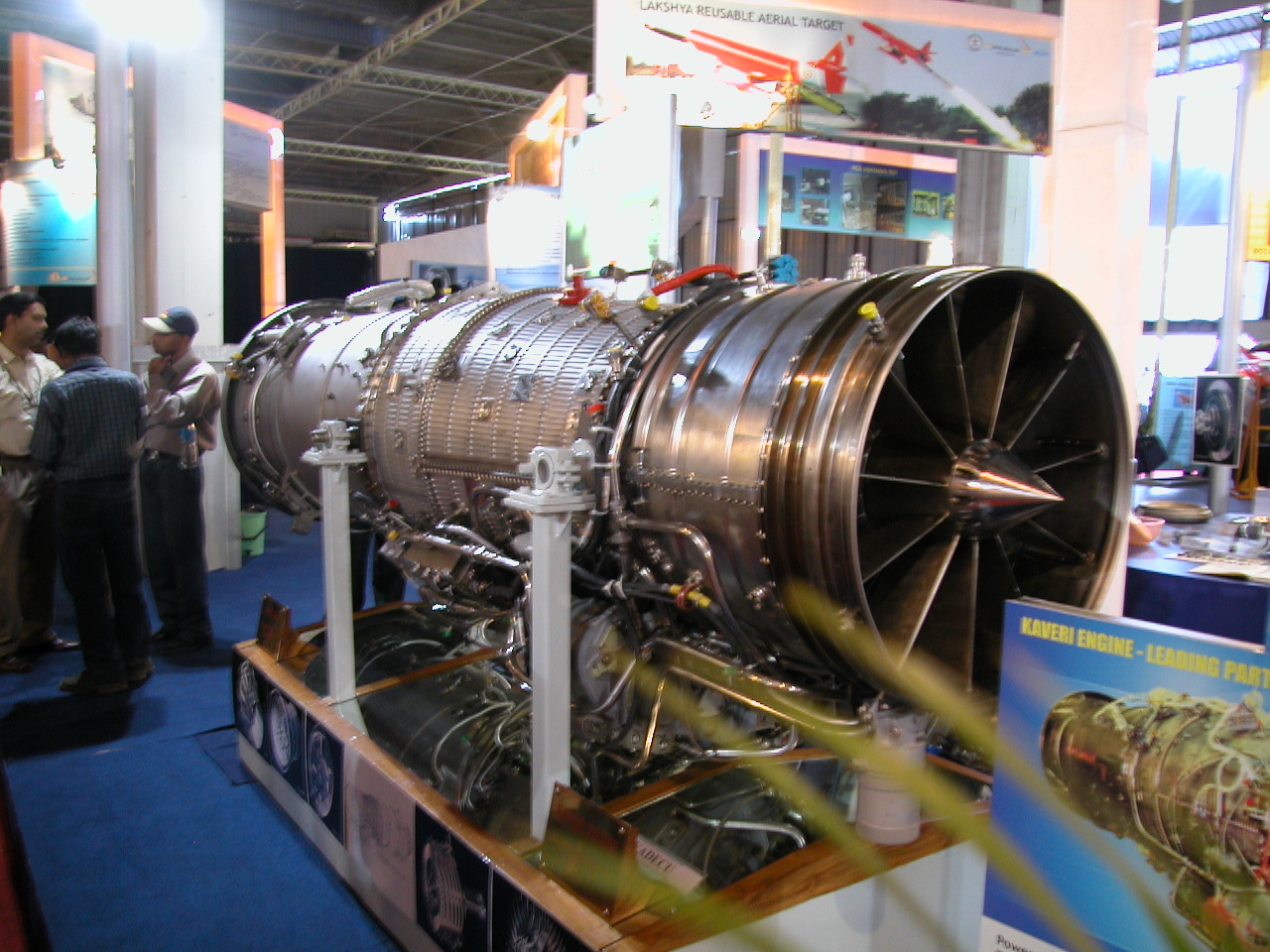India’s Gas Turbine Research Establishment (GTRE), which is part of the state-owned Defense Research and Development Organisation (DRDO), has finished testing the Kaveri derivative engine in a high-altitude chamber. A senior GTRE official told Janes about this at the Aero India 2023 show in Bangalore, which took place from February 13 to 17.
An official said that the high-altitude tests went well at the Central Institute of Aviation Motors (CIAM) in Russia, which simulated a height of 13,000 m (42,651 ft).
The project to make the Kaveri derivative engine started in 2019 and is being done in two stages.
Phase 1, which is still going on, is the technology demonstrator stage. During this stage, existing Kaveri engines are changed and tested to make sure they meet the design requirements. For Phase 2, GTRE has been given money to make five new prototype engines that are based on the Kaveri engine. GTRE has started working with the Indian business world to start making these engines.
As part of the first step, GTRE has changed three Kaveri engines to the derivative version so far. Two of these engines are being used to show how they work.
The technology demonstrator engines have been tested for more than 140 hours in total, with about 70 hours of testing on the ground at the GTRE test facility in Bangalore and 75 hours of testing at altitude at CIAM, according to a GTRE official.
The Kaveri derivative engine, which is also called a “dry engine,” is a modified version of GTRE’s two-spool low-bypass ratio Kaveri turbofan engine that doesn’t use afterburning.
